The hiking tour which regularly filled me with amazement when I saw what could fit into a single weekend which I would otherwise spend at home rather monotonously and without some important events was the visit to the mountain of Lovcen. There was a little bit of everything – tourist visits, walking in mountainous terrains, enjoying the scenery, as well as swimming in the sea.
We always started with going to Cetinje. The group would first visit the church of St Peter, Monastery of St Peter of Cetinje, tomb of Prince-Bishop Danilo at Orlov krs, Museum of King Nikola and there would also be some free time for an additional walk or coffee. As Cetinje used to be the capital of Montenegro, one can see buildings of former embassies there. I was particularly keen on seeing the building of the former embassy of France, since I know of an anecdote about it. Many years ago, a former colleague told me that when she went there for a visit the guide who took her around this pretty and delicate building said that during the construction of the edifice there was a mix up of the designs and that the design originally planned for the French embassy in Cairo came here, while the one for Cetinje went there. As the designs were allegedly such that they envisaged buildings that were in line with the setting, this colleague and myself giggled a great deal imagining the French embassy in Cairo made all of a pile of rocks, bearing in mind the rocky environs around Cetinje. Of course, I don’t know whether this story is true, but even today I remember the fun the two of us had imagining the poor building.
After relaxing in Cetinje, we would go to Jezerski vrh, a peak on mountain Lovcen where the mausoleum of Petar II Petrovic-Njegos is located. Njegos was a Prince-Bishop who ruled Montenegro in the first half of the 19th century. He was also a poet and a philosopher, and is regarded as one of the most important Montenegrins and Serbs in history. There is a major controversy about his mausoleum built in the second half of the 20th century, since earlier there used to be the original votive church here (damaged and reconstructed) which was then demolished in order to build this mausoleum. Well, regardless of the disagreements, it’s there apparently to stay. What I find particularly impressive about this place is that Njegos had his votive church built during his lifetime and he specifically chose this peak, Jezerski vrh, the second highest peak of Lovcen. The highest peak is Stirovnik. It is said that Njegos, albeit fully aware of his own importance for his nation, was still incredibly humble and modest and that he said the highest peak of Lovcen ought to be kept for whoever would be better and more important than him. A lot can be learned from this.
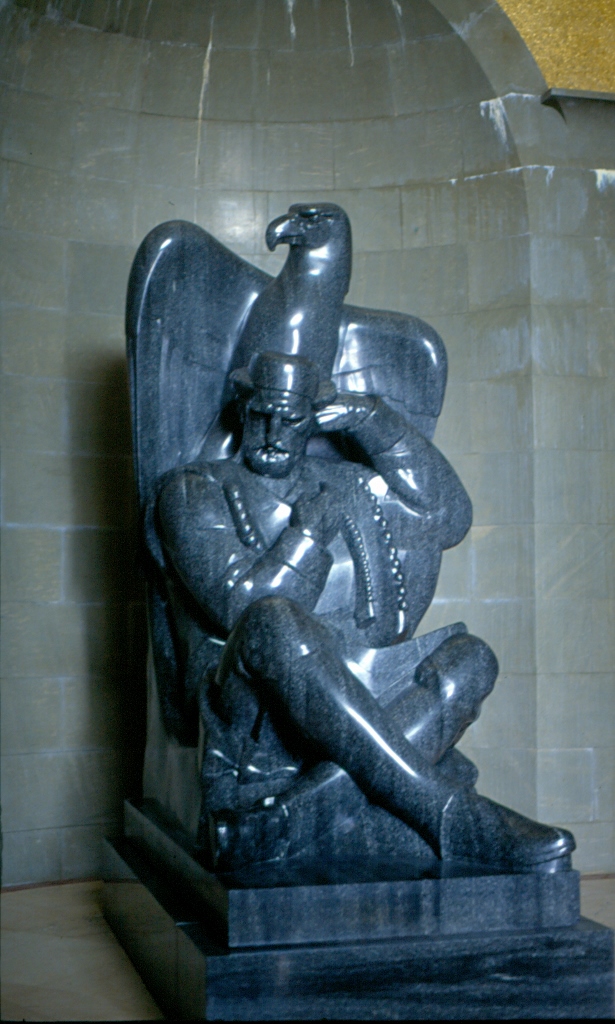 Lovcen, monument to Njegos done by sculptor Ivan Mestrovic
Lovcen, monument to Njegos done by sculptor Ivan Mestrovic
Having finished with the visit to the mausoleum, the hiking group would continue on foot following a trail that descends towards the village of Njegusi. As we approached the place, we would be greeted by the wonderful scent of Njeguski prsut, dry-cured ham, speciality of this area. Once, as we passed by a large drying facility, the owners allowed us to go in for an informal visiting tour. My God, there were so many drying hams hanging above our heads and filling each our pore with the seductive aroma! Fantastic! Still, that time, it all came down only to watching.
In Njegusi we would still have the time to visit an old house which is said to be Njegos’s birth house, but this is not certain. It doesn’t matter whether it is or it isn’t, but the house is actually a small ethnographic museum which shows what households in Montenegro used to be like in the 19th century. Very modest, even when future rulers used to grow up in them.
But, this was not only a descent hiking tour, at least not for me, because one year a friend of mine, Milena, and I decided to go up from Njegusi to a nearby village of Bukovica in which there is a restaurant where one may enjoy homemade mead, which was quite a rarity at the time. Mead is supposed to be the traditional drink of the ancient Slavs, but over the centuries the “younger” Slavs moved on to spirits – rakija (fruit brandy) and vodka, for instance.
The following morning we would all get up very early because already at 6 o’clock we were moving on. First we would walk for an hour along the road leading to the town of Kotor on the coast and then we would get off the asphalt road and move on to a trail, an ancient path which for centuries, when horses and donkeys were used for transportation, connected the coastal and the continental parts, something like a medieval highway. Nowadays, this old “road” is an occasionally crumbled trail, but one can use it to get to a viewpoint at which we always made a breakfast break. As we sat there scattered across the surrounding rocks, each time I had an impression my legs were just hanging above Kotor, for this natural viewpoint is located high, right above the town which is in the UNESCO’s World Heritage List.
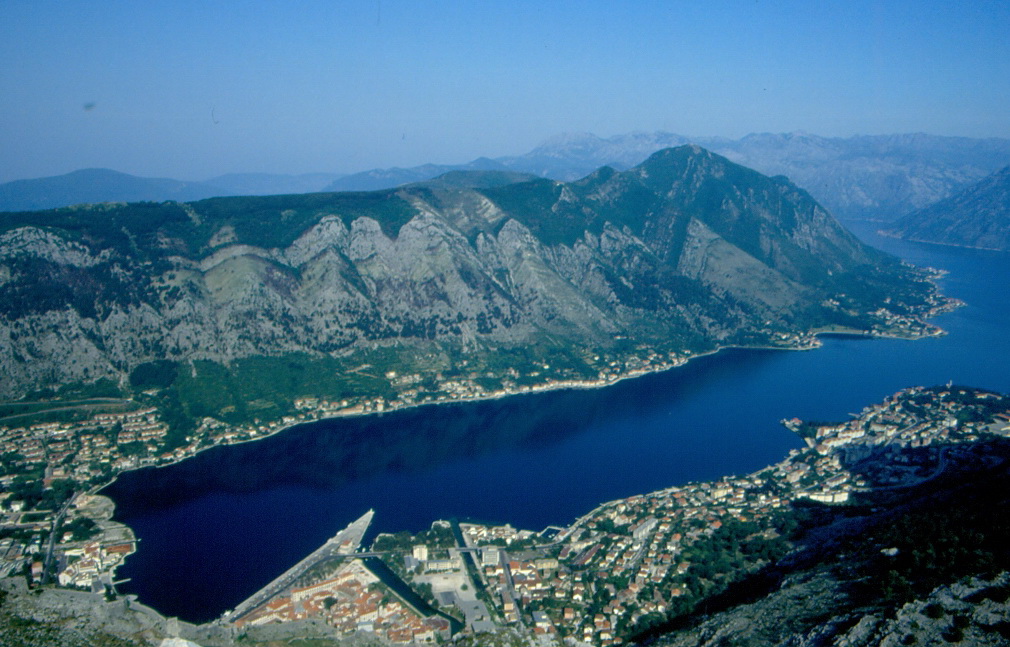 View at the Boka Kotorska Bay. The old part of Kotor is in the “triangle” at the bottom of the photo
View at the Boka Kotorska Bay. The old part of Kotor is in the “triangle” at the bottom of the photo
Other than the magnificent view at Boka Kotorska (the Boka Kotorska Bay), when descending down the old “road,” one may also see a part of the modern asphalt road for which the route was laid down during the reign of King Nikola (ruled from 1860 until 1918). In one section, there is a series of sharp curves on that new road which, when seen from above, resembles the letter “M.” It is said that the chief engineer for the construction of the road fell in love with the Montenegrin queen Milena and that this was the sign of his love for her. I don’t know if this is true, but this is the story people like to tell. By the way, King Nikola and Queen Milena had 12 children and most of them got connected to the European aristocratic families through marriages, including the eldest daughter Zorka who became the queen of Serbia through marriage and daughter Jelena (Elena) who was married to Vittorio Emanuele III, the King of Italy.
After having breakfast, we would go down to Kotor, walk there for a while and had some refreshments, and then by an organized transportation we would move on to Sutomore, a small place on the coast, where we would spend a leisurely afternoon on the beach, including swimming. The reason for going to Sutomore of all places was that this was where we would catch the evening train in order to return to Belgrade.
The viewpoint above Kotor has also remained in my memory as the place with the most beautiful sage I’ve ever seen. Everywhere around that point there were bunches of sage growing in abundance, far from any human activities. And when I’m mentioning this I can’t help evoking the magnificent wild flowers I kept seeing while walking around Montenegro. Still, it needs to be pointed out that even some endemic species I’m about to mention are not linked to Montenegro alone, but they can be found throughout this entire mountainous region.
At the very beginning of my hiking “career,” I wondered at people who would stop every now and then in order to take photo of some flowers and I actually thought they were completely crazy for doing that. However, as the time passed and I kept coming across some beautiful samples of the flora, I couldn’t help but take photos of them myself. And not only that, but over time I also learned their Latin names! In addition to wild flowers which were often breathtaking, we also regularly came across plants with medicinal properties which we would pick for herbal teas. But, as one may put it, this experience has ruined other teas for me. Namely, after the mint I picked in the Prokletije mountain range, I could never again take mint in tea bags, because in comparison to the “real mint” from wilderness, the tea made from the bags tastes as if made of cardboard.
Then, in mountains Komovi I learned about mountain germander (Teucrium montanum), in my mind the mother ship of bitterness, but said to have exceptional healing properties and there is a folk saying trava iva, od mrtva pravi živa (mountain germander makes the dead come alive again).
There is another plant which has medicinal properties and it also has modest-looking, but pretty flowers. It is cowslip (Primula veris). In Serbia, it is used to make good cough syrup, in addition to which as far as I’ve heard 3-4 fresh cowslip leaves provide the daily quantity of vitamin C, but one should not consume more than this, as the leaves also contain a saponin which in larger quantities may lead to diarrhoea.
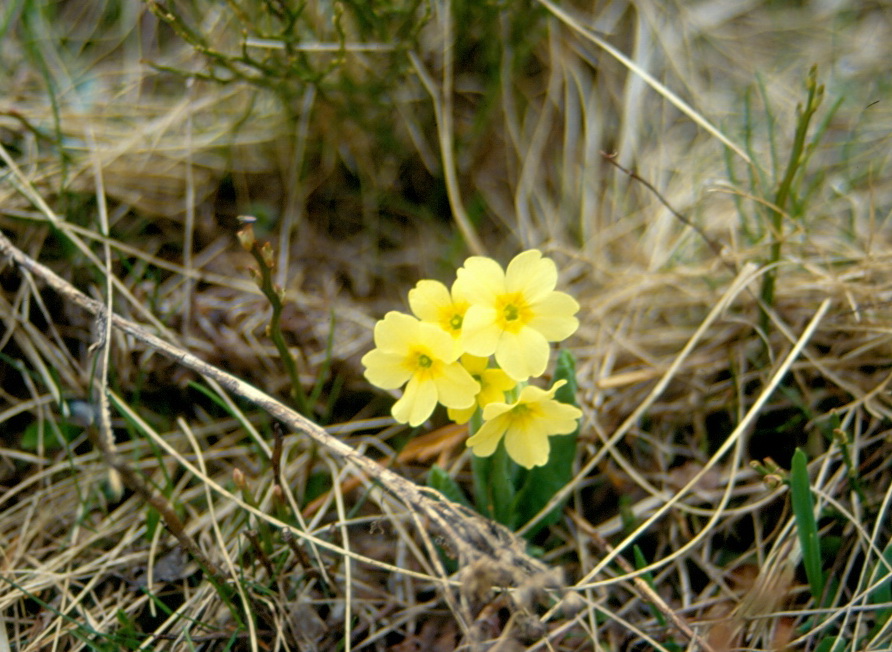 Cowslip
Cowslip
In several places, although not too often, we also used to come across another famous healing plant, great yellow gentian (Gentiana lutea), whose root is traditionally put into fruit brandy which after a while becomes a healing potion. This brandy (Lincura) is very famous and popular in these parts of the world and this, of course, creates a major problem in nature, as there is less and less of the great yellow gentian. Namely, when people picking it come across this plant, they most often take the entire root in their search for a profit (yes, yes, it’s again the infamous profit creating havoc in nature and I wish somebody would give me its phone number so I can say right to its face all that I think about it). This, logically, completely destroys the plant. Nobody has anything against people picking plants with healing properties, but this really needs to be done in a sustainable way, that is, “do help yourself, but have the common decency to leave a little for somebody else, too, or at least for another time.” It’s not only a question of common courtesy, but also of wisdom. And this is the case of an utter lack of wisdom and the rule of stupidity. For it would suffice to leave a piece of the root for the plant which could then recuperate, grow further and proliferate, meaning more roots. But, no! People who are often not bright, which doesn’t prevent them from having insatiable financial appetite, dig it all up, while the great yellow gentian is facing extinction.
There is another plant from the same family as the great yellow gentian, but its main advantage lies in the beauty of its flowers. This is the spring gentian (Gentiana verna).
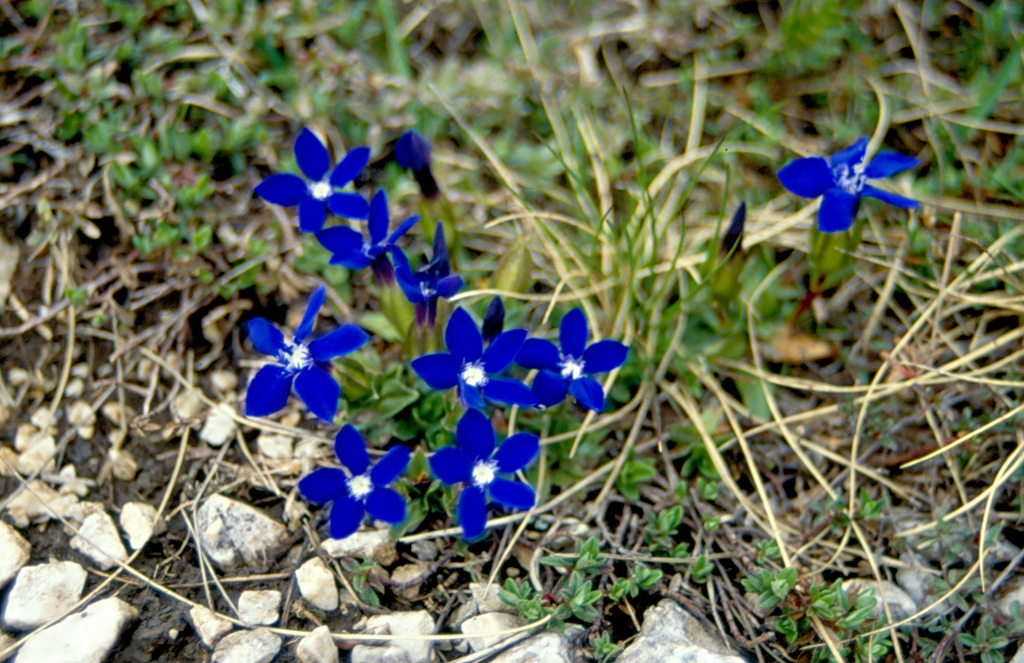 Spring gentian
Spring gentian
When talking about beauty, wild lilies (Lilium) stand out in particular. There are several versions of them. As opposed to the developed hybrid species, the flowers of the wild lilies are smallish and they usually have a 3-4 cm diameter.
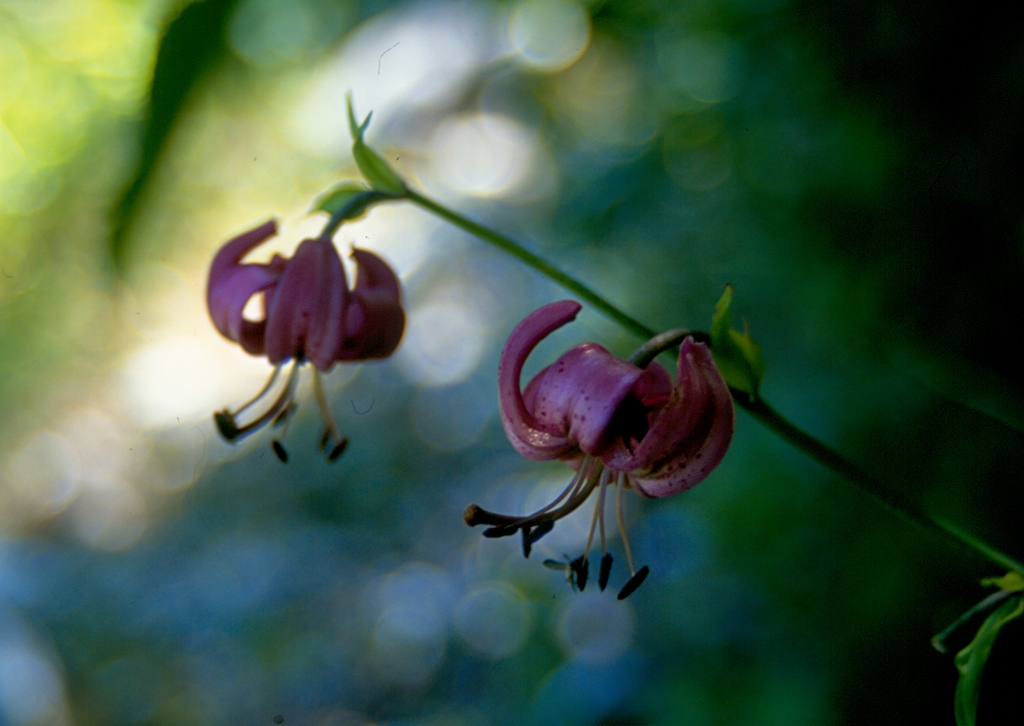 Wild lily
Wild lily
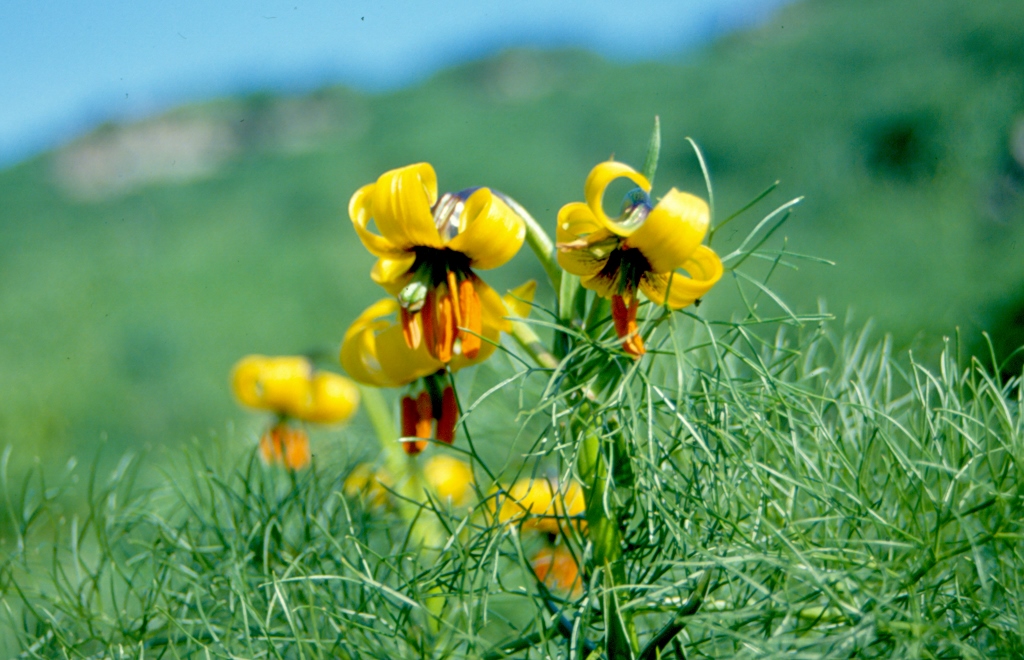 Wild lily
Wild lily
And I should not forget endemic species. There are comparatively many of them, but in my collection of photographs there are two that stand out – dalmatian saffron (Crocus dalmaticus) and pretty violet (Viola elegantula).
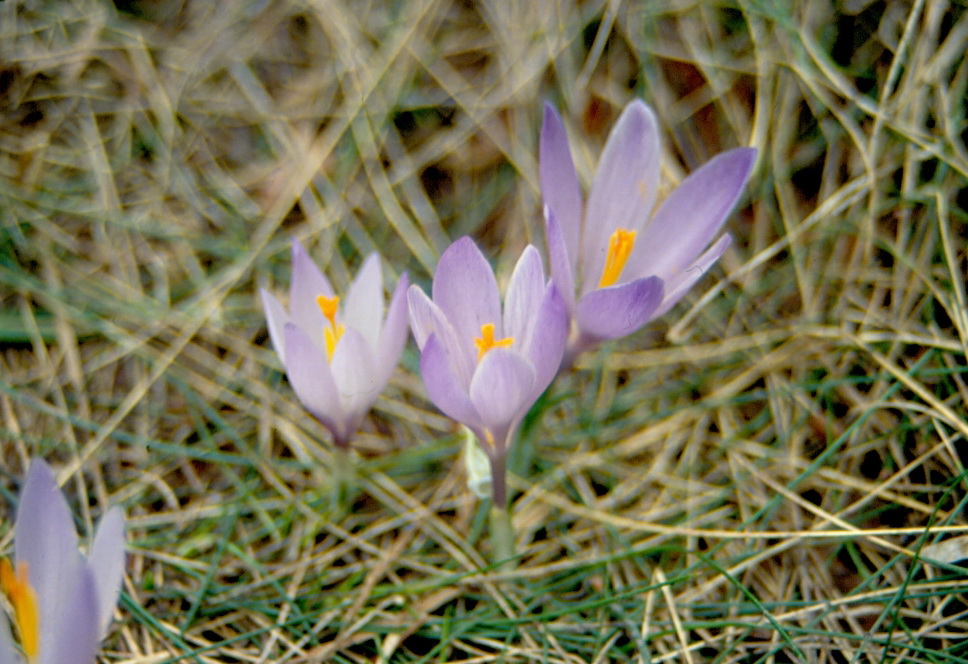 Dalmatian saffron
Dalmatian saffron
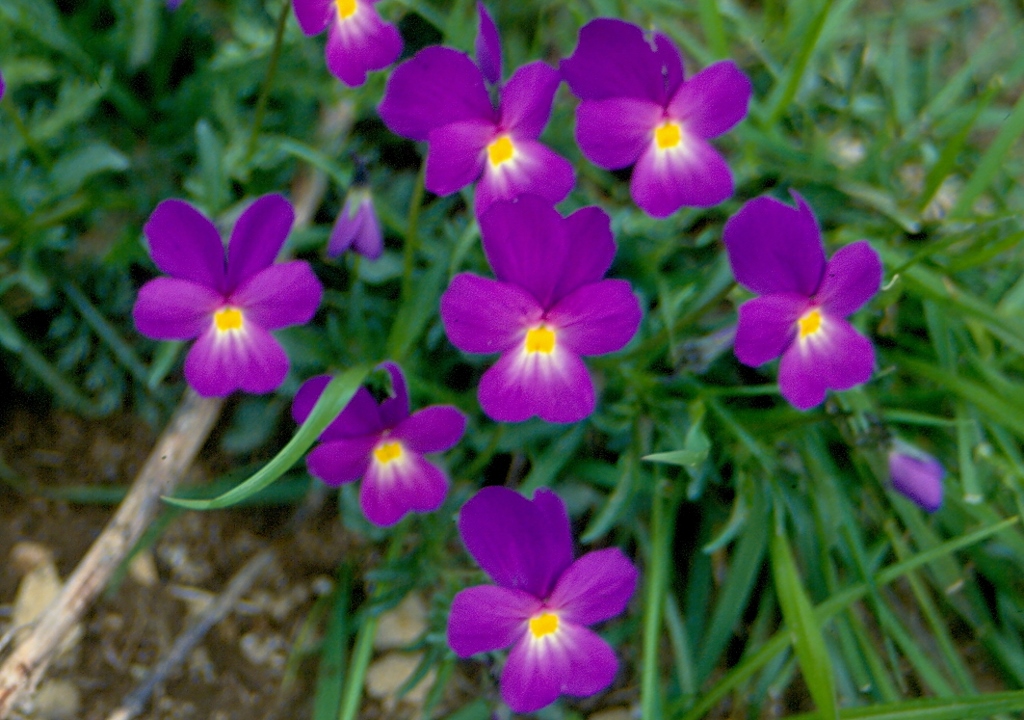 Pretty violet
Pretty violet
A particularly interesting species is a plant from the butterwort genus (Pinguicula) which is carnivore. I always used to think that such plants were completely exotic, living in jungles and some far-away places, but here is one just like that in the middle of “tame” Europe.
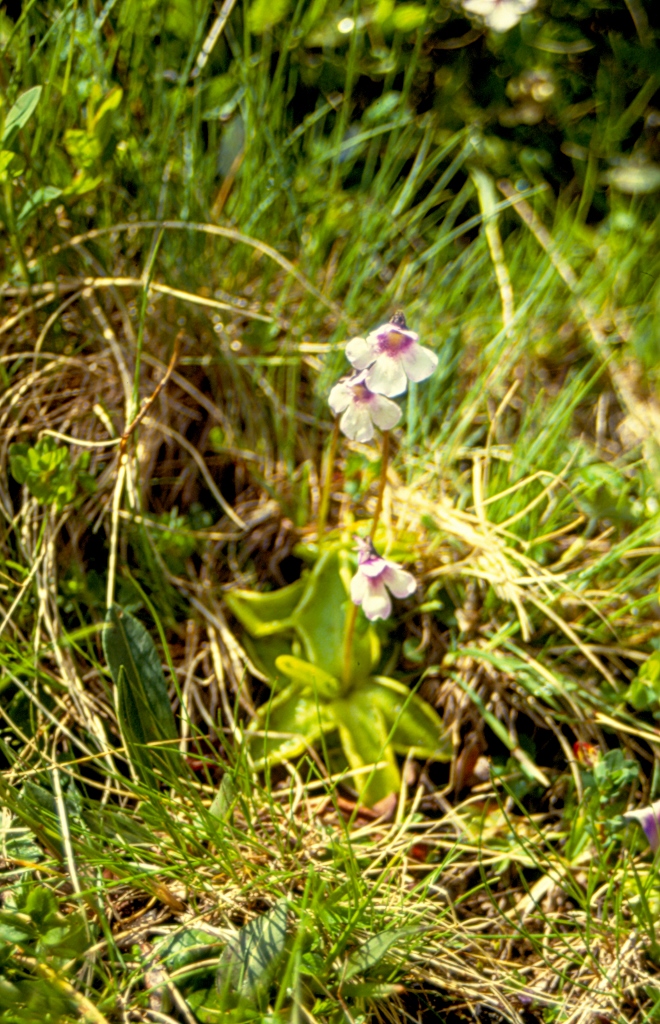 Butterwort from mount Komovi
Butterwort from mount Komovi
Still, perhaps my most magical experience in connection with flowers in Montenegro was when, while crossing over mountain Bjelasica, we came across an entire field covered in narcissus anemone (Anemone narcissiflora). You could literally swim in flowers there!
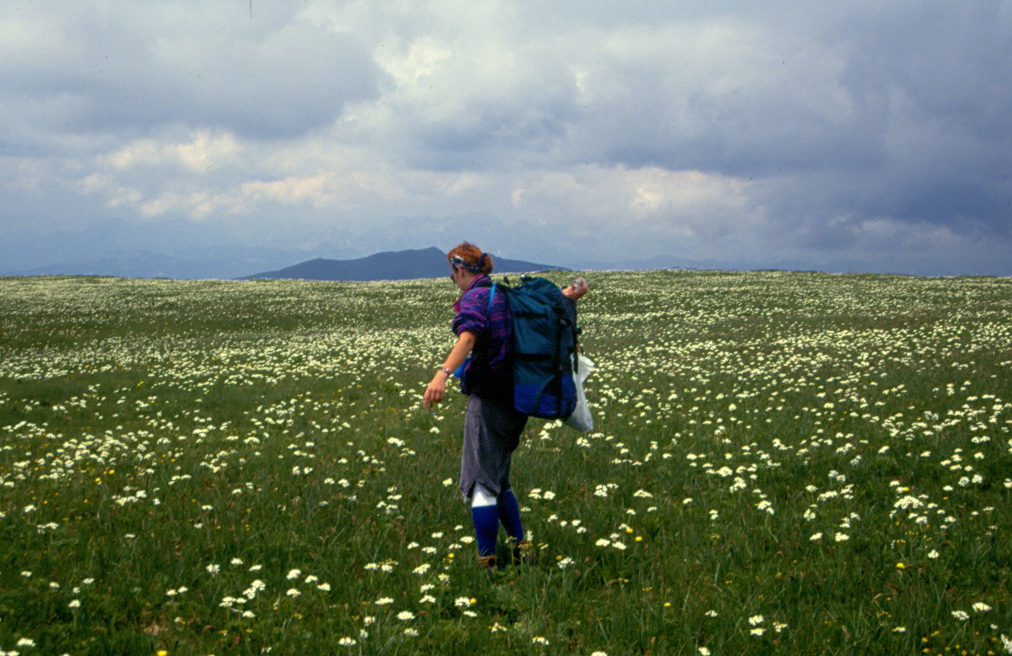 Narcissus anemone on Bjelasica
Narcissus anemone on Bjelasica
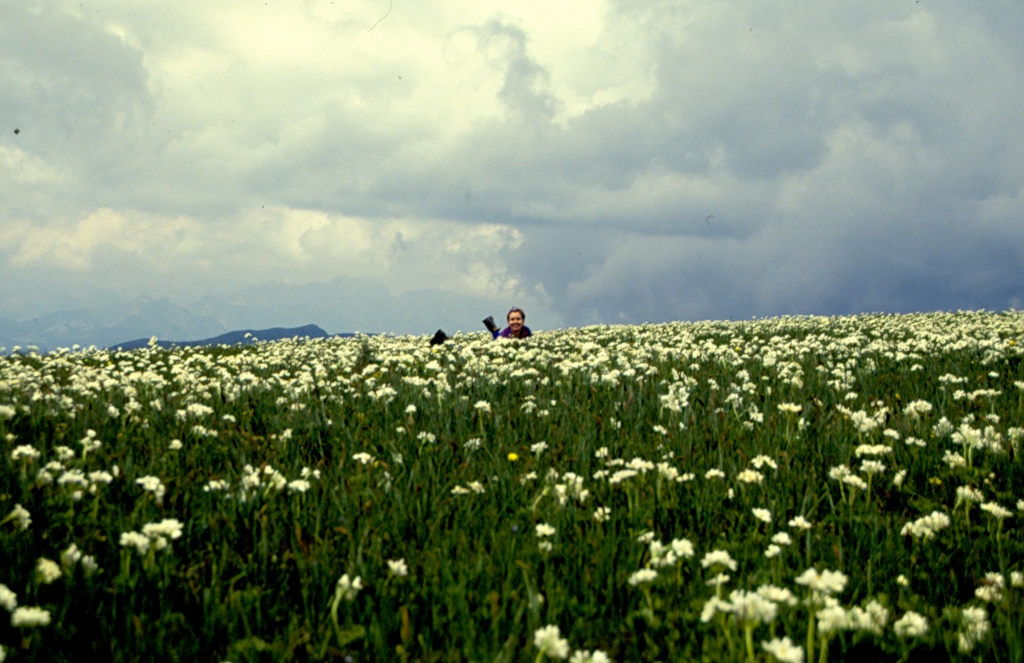 Narcissus anemone
Narcissus anemone
That tour during which we walked to the mountaintops of Bjelasica from one side, while descending to the other side of the mountain, led towards its end through a large forest where I first encountered wild garlic. It was very simple actually – the entire forest smelled of garlic and I was completely puzzled about it. Then my fellow hikers explained the origin. Finally, we ended with our walking tour at Biogradsko jezero (Biogradsko lake) which in itself is particularly beautiful. There is a nice walking path around the entire lake, so that those who reach the lake by car (not very far from the road linking the north of the country to its coast) can make a break and enjoy the beauty of the lake and the surrounding nature.
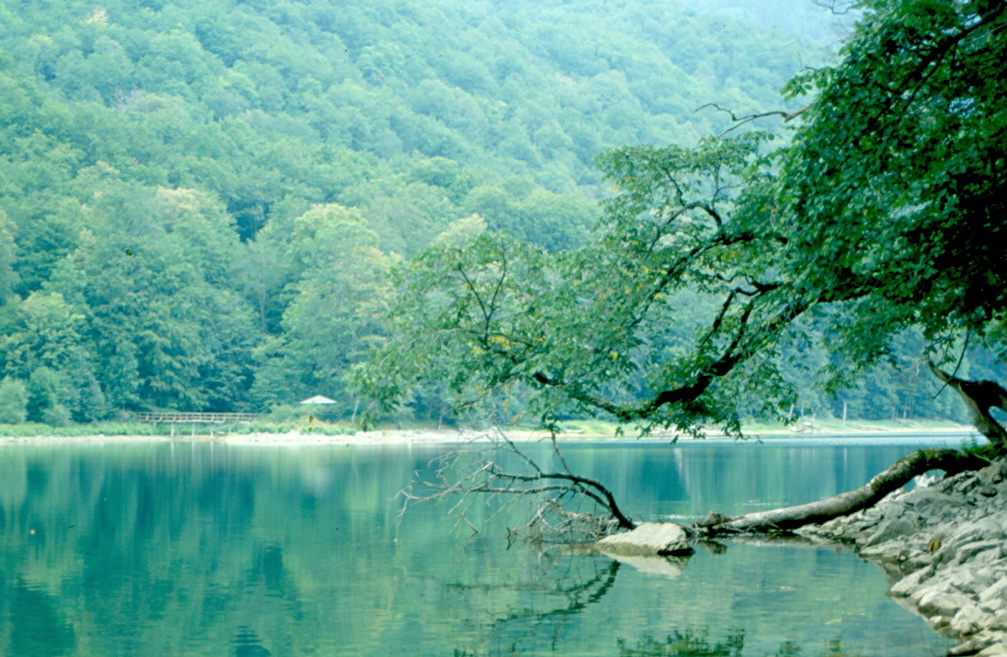 Biogradsko lake
Biogradsko lake
At the time, I used a photo camera with a polarizing filter, which enabled me to get some special effects specifically well seen on a photograph from Biogradsko lake where almost the entire reflexion is removed from the surface of the lake and the underwater growth can be seen nicely through the water. Enjoy the view!
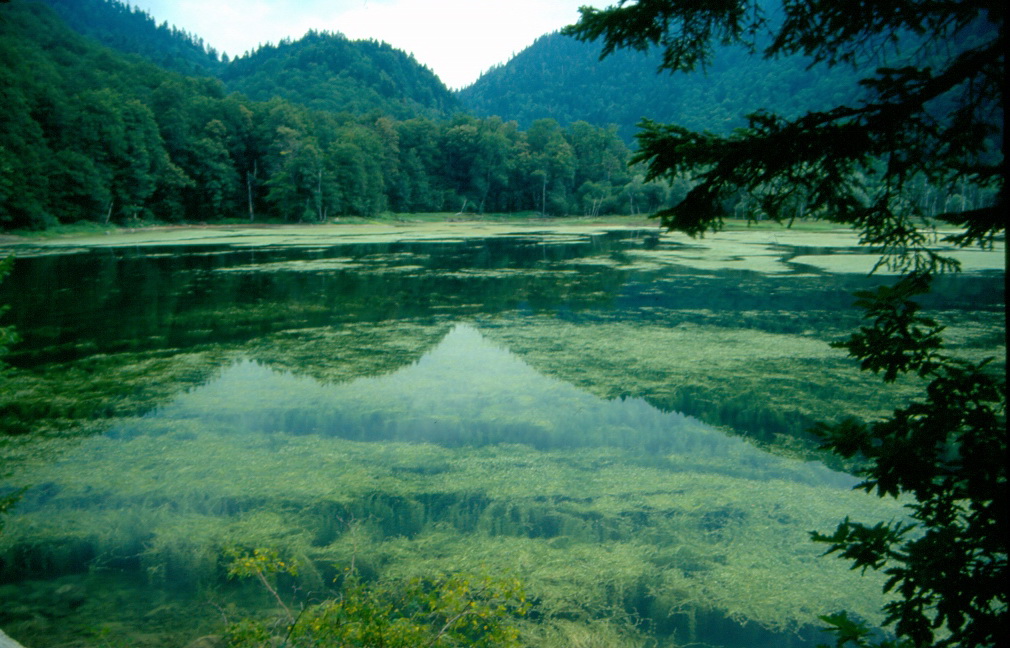 Biogradsko lake
Biogradsko lake